
Geez @herpetologyguy, what a cheery way to start off the morning. It's a nice sunny day, the kids are off to the first day of school and you decide it's the perfect time to talk about death.
Zoos and aquariums are advertised as places where you can watch animals live out their natural lives as best as they possibly can in captivity. Thanks to staff and keepers, the animals play, sleep, reproduce and behave as they would in the wild, and are provided with enrichment activities to engage in natural behaviors, such as hunting. They are critical institutions that connect people to nature, and allow us to learn about the natural world first hand. However, when watching the circle of life play out before you, it means that at some point you will see the tragic end of a life. No matter the care provided or the knowledge of the attending staff, death is an inevitable (and important) part of being a zookeeper.
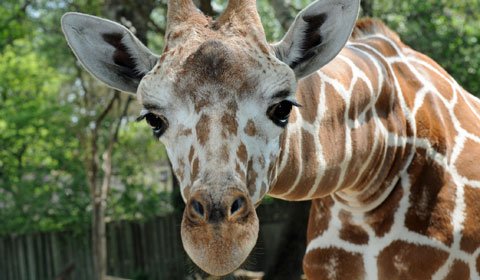
Why am I writing about such a sore and depressing subject? Well, as much as I dislike talking or thinking about it, the fact remains that this is a fairly important aspect of animal care, but there actually isn't much information out there about zoo/aquarium animal deaths. We all know it happens, but it's not something that is often discussed, and I believe that leads to a lot of the misinformation surrounding these institutions and their level of care. How do animals in zoos/aquariums die? What happens after they die? What steps are taken to improve care for the remaining animals? We live in a time where these facilities fall under increasing public scrutiny (as a keeper, I believe that this is a good thing overall), and a lot of attention, both positive and negative, is turned towards zoos in the wake of an animal death. This will not be a particularly fun article to read, but I urge you to continue because understanding how we deal with death is, I think, incredibly important.
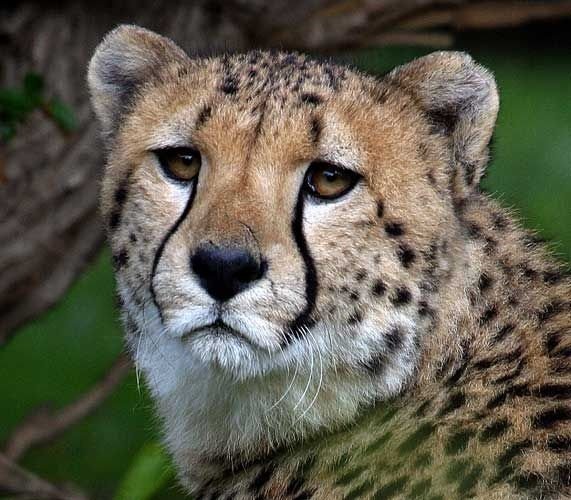
How do animals die:
The biggest killer of zoo/aquarium animals is old age and age-related health complications. Thanks to new information and technologies, animals in zoos are living far longer and more comfortably than they did even just a few decades ago. With top veterinarians and staff on hand, many animals are even living years past their natural life spans. Zoos provide a refuge from predators, diseases and lethal abiotic factors (drought, floods, etc), which means that as animals age, there isn't anything that could pick off or kill older or weaker animals. But no matter how long they hold on, at some point, they will still pass away. Our facility has been around for over 50 years; because we house species that have life spans as short as 1-4 years, death from old age is something we have to deal with fairly routinely, but fortunately doesn't reflect negative care (in fact, sometimes it shows a higher level of care!).

The Virginia Opossum generally lives about 4 years in the wild, however we have 2 that are approaching their 7th birthdays!
Next is death as a result of complications from the wild (or in some cases, previous captivity). Contrary to popular belief, most zoos do not go out and capture healthy animals in the wild and put them into captivity. The animals in zoos and aquariums are typically those that were injured or orphaned in the wild and are unable to survive on their own, part of a species survival conservation initiative, or were surrendered to the zoo as a pet or confiscated from an owner keeping them illegally. At our facility, we do not keep any animals that can be released into the wild; the majority of our animals are those that were once pets or were born in captivity, and legally cannot be surrendered. So how does this contribute to their death? The animals turned into our facility are generally not in perfect shape. Wild animals are brought in with injuries that may directly impact their longevity. Being a wild animal, they could have been exposed to diseases and more than likely carry some form of parasite. Even if we heal them up and keep them to provide care, all these conditions may mean a shorter lifespan. The captive animals that are turned in are generally pets that people no longer want or have found themselves unable to care for (always do your research before buying or adopting a pet!). In our herpetology department, we get a lot of animals with vitamin deficiencies, metabolic bone disorders, obesity or emaciation. We are almost always successful in restoring them to good health, but these complications may rear up in their later years and contribute to a shorter lifespan.

This is an extreme case of metabolic bone disease likely resulting from UV or nutritional deficiencies. Even with proper care, it will never go away.
Zoo accidents are incredibly rare (especially among reputable, accredited zoos) but they do unfortunately happen. One of the most common forms is death by ingestion; guests drop something into an exhibit, sometimes accidentally (like a phone or a hat) and sometimes on purpose (SO MANY COINS), and the animal consumes it after mistaking it for food. Depending on the item, this can cause perforation in the digestive tract, poisoning and lethal impaction...and it can kill before symptoms are observable. Rarer accidents may directly involve a guest and zoo staff have to put down an animal out of public safety concerns. These events generally gather international media attention, such as the shooting of Harambe the gorilla after a child fell into the exhibit last year. Following accidents like these, zoos typically make massive changes and upgrades to infrastructure and safety practices to eliminate any chance of a repeat occurrence.
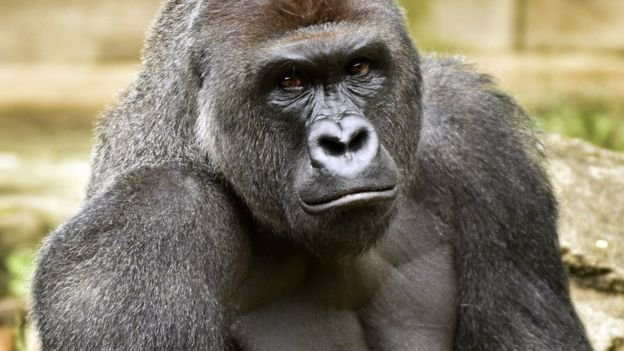
If an animal's condition deteriorates too severely we may be forced to euthanize. This is typically only done with elderly animals or those turned in with the most severe injuries that cannot possibly be saved. In these instances, the animal is examined by our keeper staff, the resident vet or technician, and often times outside vet specialists on contract. X-rays and ultrasounds are taken to observe internal damage and the veterinary teams tries to assess the likelihood of recovery. However, when it comes to euthanasia, the biggest factor we take into account is quality of life; even if an animal could recover with a life of surgeries and extra care, it may be at the cost of the animal living comfortably. In these instances we may choose to euthanize an animal to spare it a life we deem to be poor quality (these are 100% the hardest deaths we have to deal with, but fortunately euthanasia is pretty uncommon for us).
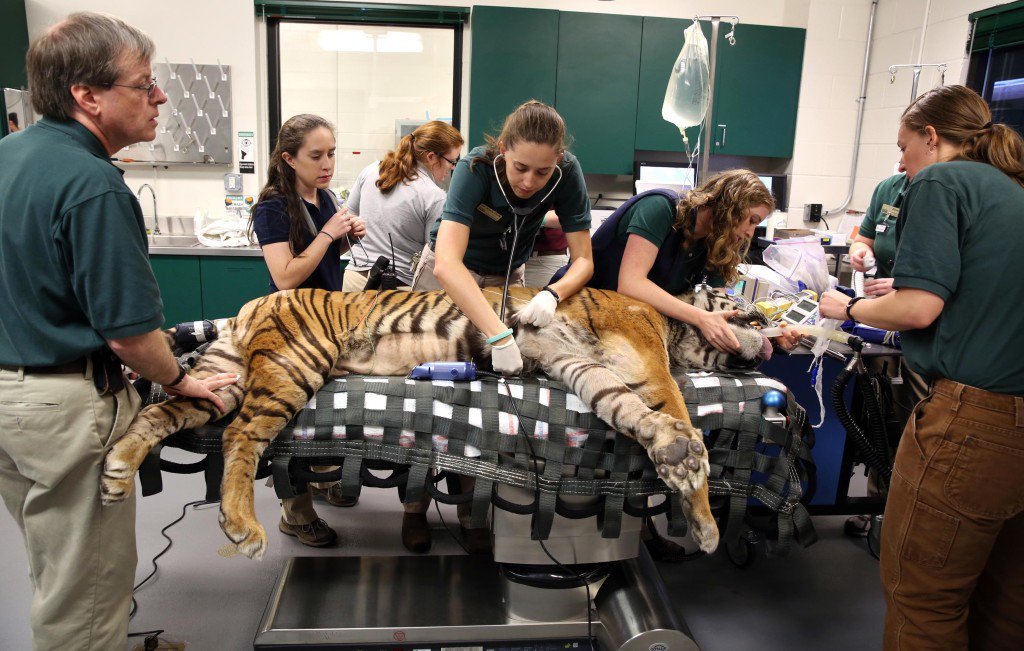
Vet facilities in zoos and aquariums generally house the best tech, equipment and staff found anywhere!
What do we do with an animal that we believe may be about to die?
I begin every morning with a check in of all exhibits and holding areas, checking water levels, UV and temperature outputs, cleaning viewing glass and, most importantly, assessing animal health and welfare. During my rounds, if I see any animal that appears to be behaving out of the ordinary (even if it seems okay but just a little off), I immediately pull it from the exhibit and set it up behind the scenes. This allows them a chance to calm down in a non-stressful environment and most animals perk back up quite quickly. Every now and then, I pick up someone who appears to be at deaths door, who may only have days or even hours left. These animals are immediately taken to the resident vet for an assessment. If it is a younger animal generally known to be in good health, perhaps we can save it (maybe it ate something it shouldn't have or got into a scuffle with another animal), but if it's an older animal, our choices may be limited. Animals that appear in pain as they slip away are euthanized to spare their suffering; others may be given some medication to calm them and are allowed to pass on their own in a comfortable, stress-free location. It's one of the worst parts of being a keeper, but allowing animals to pass away peacefully in a safe place away from the eyes of guests gives me some comfort knowing we are making the passing as easy as we can.

Here are some pretty flowers because this is a rough subject and there is no happy picture that could accompany that paragraph.
What happens to the animal after it dies?
When an animal dies, a death weight is immediately recorded, and the animal is brought to our onsite veterinarian. With the help of keeper staff, the vet will perform an autopsy on the animal, regardless of whether or not the cause of death is known to us; the autopsy is performed on just about any animal, from our larger herbivores to our tiniest lizards and frogs. If the cause of death is unknown, it is up to the vet to determine exactly what killed the animal, and determine if there is a risk to remaining animals or other species. They also look at every single organ and record their appearance and feeling, whether they are pale, darkened, enlarged, have growths, or bear any other abnormalities that could indicate a health concern (lethal or nonlethal). Small tissue samples are taken from each organ and sent to an offsite laboratory that will test them for any number of diseases or conditions. Even if these samples bear signs of a problem, it may not be what caused the fatality, and could be a health concern among the remaining animals; the vet may decide to initiate a preventative treatment to be safe. It's a complicated process, but it allows us take the death of an animal and use it to the advantage of our remaining animals, improving their quality of life.

What happens to the exhibit after the animal dies?
The exhibit is immediately shut down in the wake of an animal death. If multiple individuals were housed, everyone is pulled out for a period of observation and vet check ups (even if we know the cause of death, it's a good time for a wellness check). The exhibit undergoes a routine cleaning and sanitation that may take several days to complete (if a single animal was housed there and is being replaced by another, this process prevents cross-contamination). The animals will not be returned to their home until after laboratory results from the autopsy have returned. In some instances, the test may reveal that foreign bacteria or fungi are present in the exhibit and it may require more intense sanitation preparation (anyone who doubts the level of care by zookeepers has never seen someone trying to sanitize dirt). Though guests (and administrators) are often unhappy with an empty exhibit, the animals are not returned until we can confirm that there is no possible risk to their health. (Note that an empty exhibit doesn't necessarily mean something died, we also do routine cleanings.)
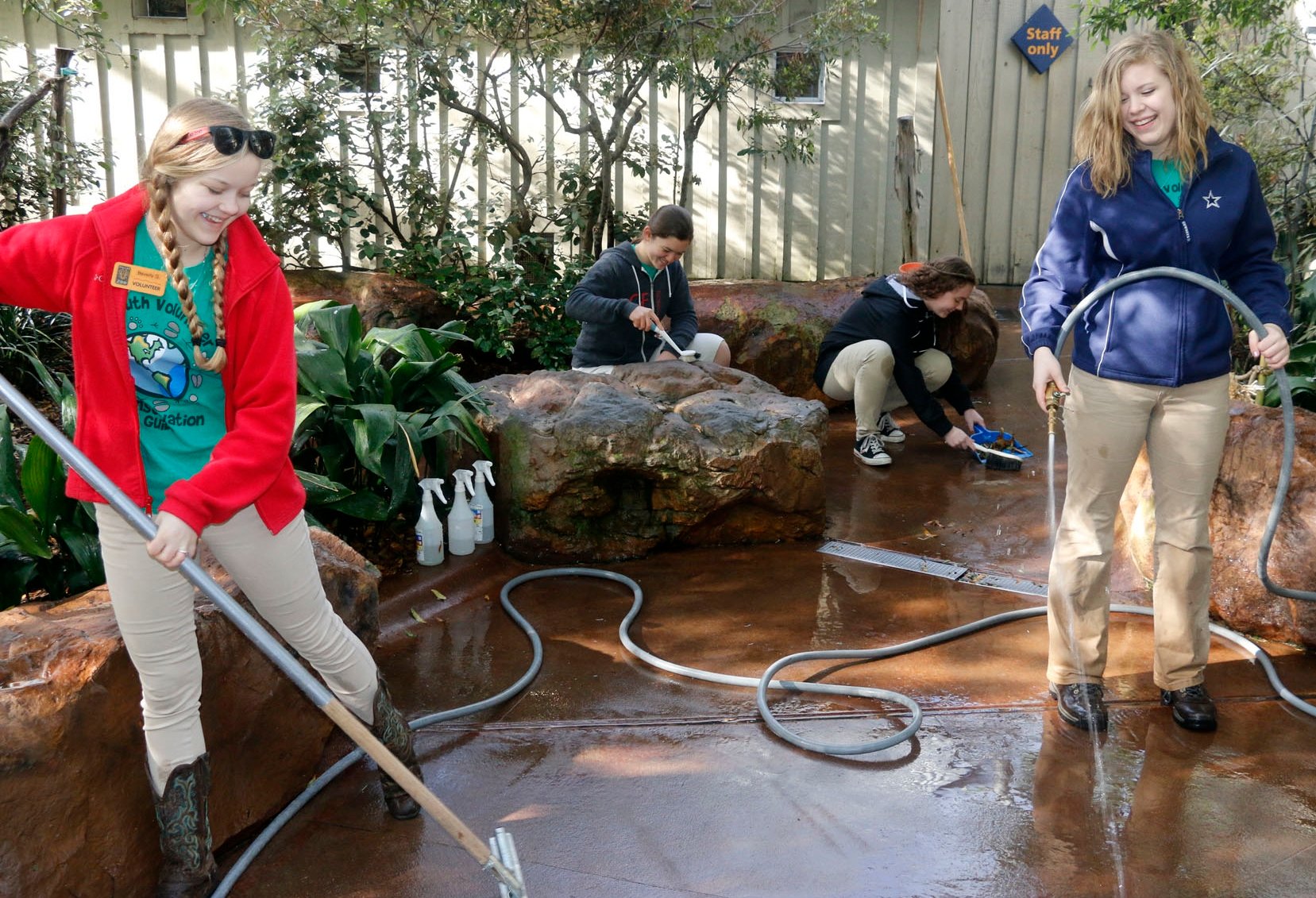
How do the facility and it's keepers respond to the death?
We are devastated. From day one, keepers are lectured about not treating animals are pets or trying to personify them the way most people do. But being a zookeeper is an incredibly emotional experience, and working with the animals day in and day out, you become incredibly attached to them. They may not be "pets", but when one dies, it's like the death of a family member; for some of us, we've known animals since they were born or hatched. Keepers mourn the deaths of animals in their own way; many will take time off to process the loss and try to return with a clearer head. Some get directly involved in autopsy procedures because they feel a need to know what happened. Behind the scenes of our facility, our keepers have a small hallway of tributes to animals we've lost; photos, feathers, harnesses and other small mementos of the animals that changed their lives. It's one of the worst experiences of being a keeper, but it's that connection to the animals that drives us. In fact, zoo keepers rank among the lowest paid full time staff in the nation, but the turn over rate is one of the lowest. Keepers are here because the animals, and their connection to them, keeps them here.
“We hand-raised him. I took him home at night with me. You know, you get up at midnight and change the diaper, just like you would a human baby. When I took this baby home, I was totally responsible. You become Mom. They look at you just like a human baby.” -Jerry Stones, talking about his experience raising Harambe as an infant Source

Most facilities are fairly open about deaths when dealing with the public. Though we try to keep medical details private, zoos and aquariums will typically make an announcement following an animal death; this is in part to be honest and stay ahead of negative press, but it's also for the benefit of our guests. We know how attached guests can be to the animals, and we want them to know what's happening, even in the worst scenarios. People will often visit the facility to mourn the animal in person, and others will even share their memories or photos of a deceased animal on social media. It's a sad time, but the death of an animal does strengthen our connection with the community that we rely on everyday.
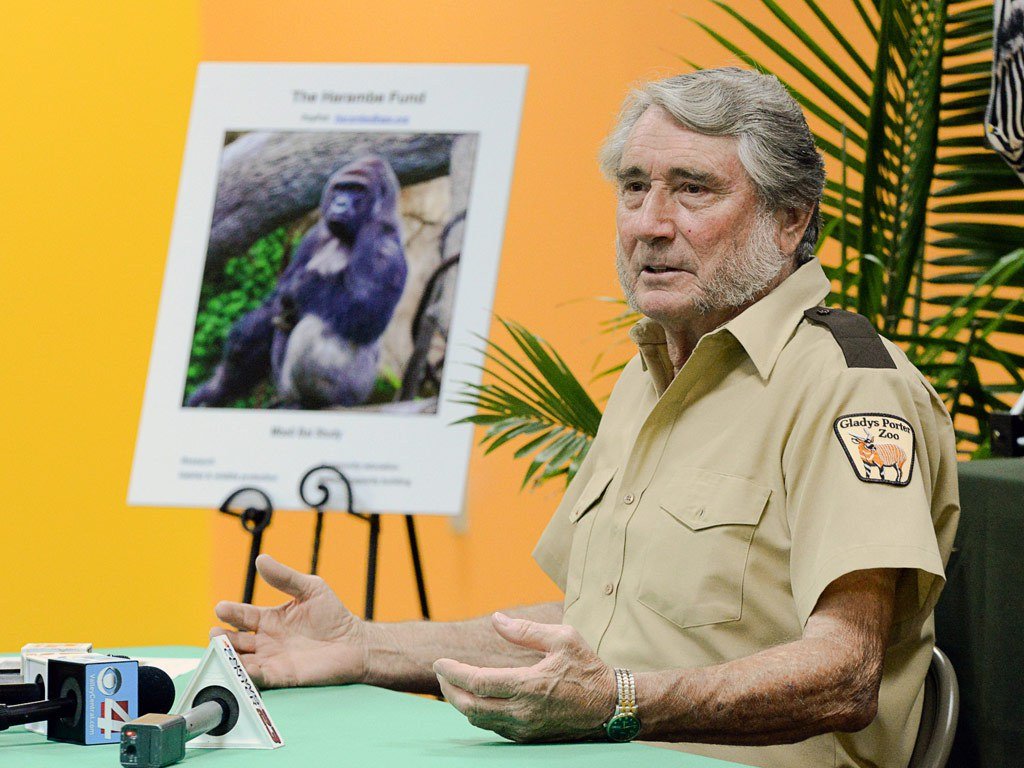
Dealing with death is just about the worst experience for anyone, and zoos, aquariums and other facilities are deeply affected by the loss of an animal. To us they are family, and their unique personality and individuality is lost forever; we may be able to put a new animal on exhibit, but we can never really replace what was lost. But we can learn from death; we can improve the welfare of our animals by doing our due diligence to investigate and implement changes when an animal dies. This article was probably not a fun read, it sure as hell wasn't fun to write, but death is an important part of a keepers job. It's something that we will always have to death with, no matter how much zoos and aquariums change. What matters most is how we respond to those deaths, how we use them to improve, and how we move forward to provide the best care for our amazing animals.

Obligatory cute picture for making it to the end!
Image Links: 1, 2, 3, 4, 5, 6, 7, 8, 9, 10, 11, 12, 13

